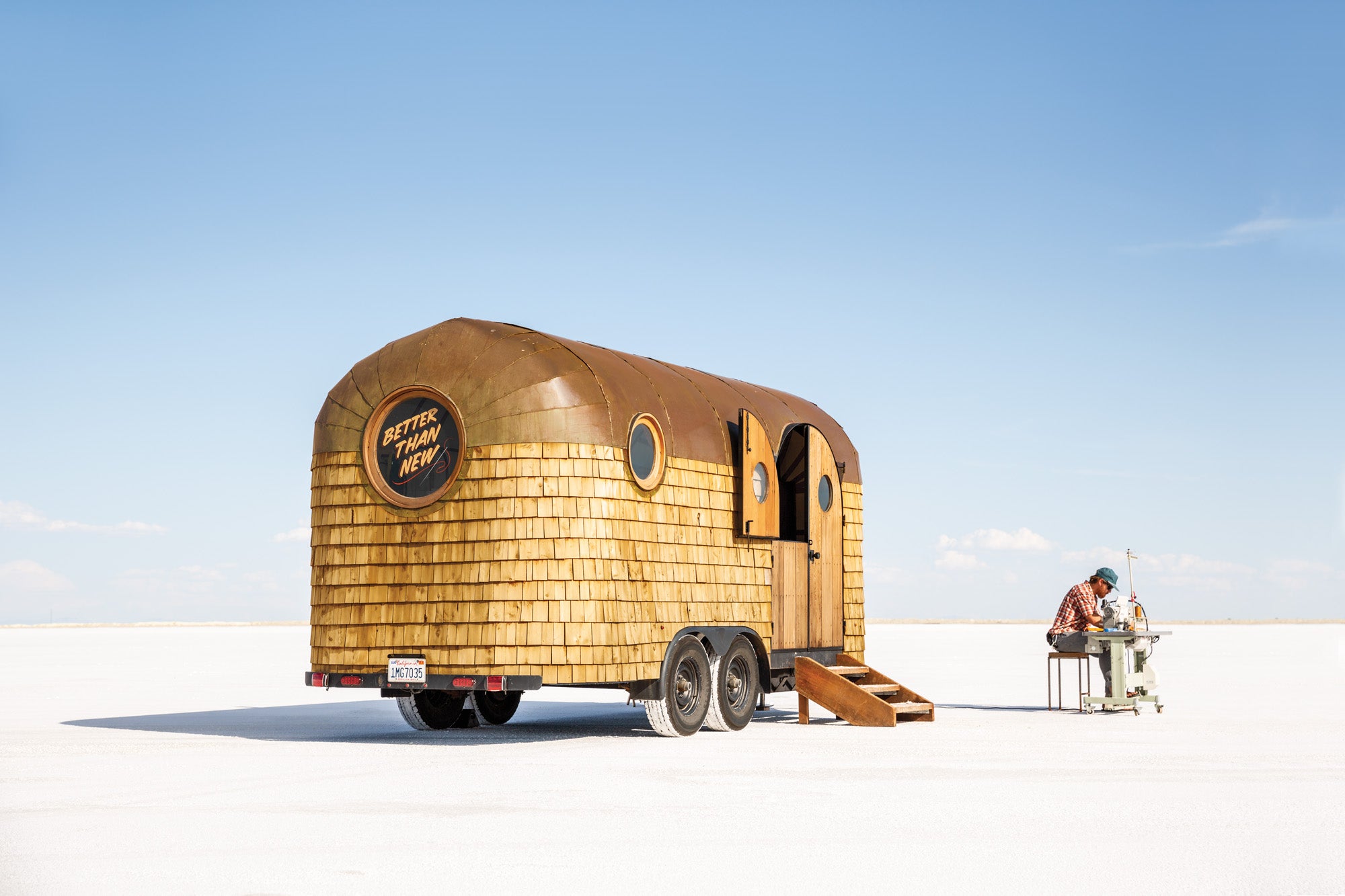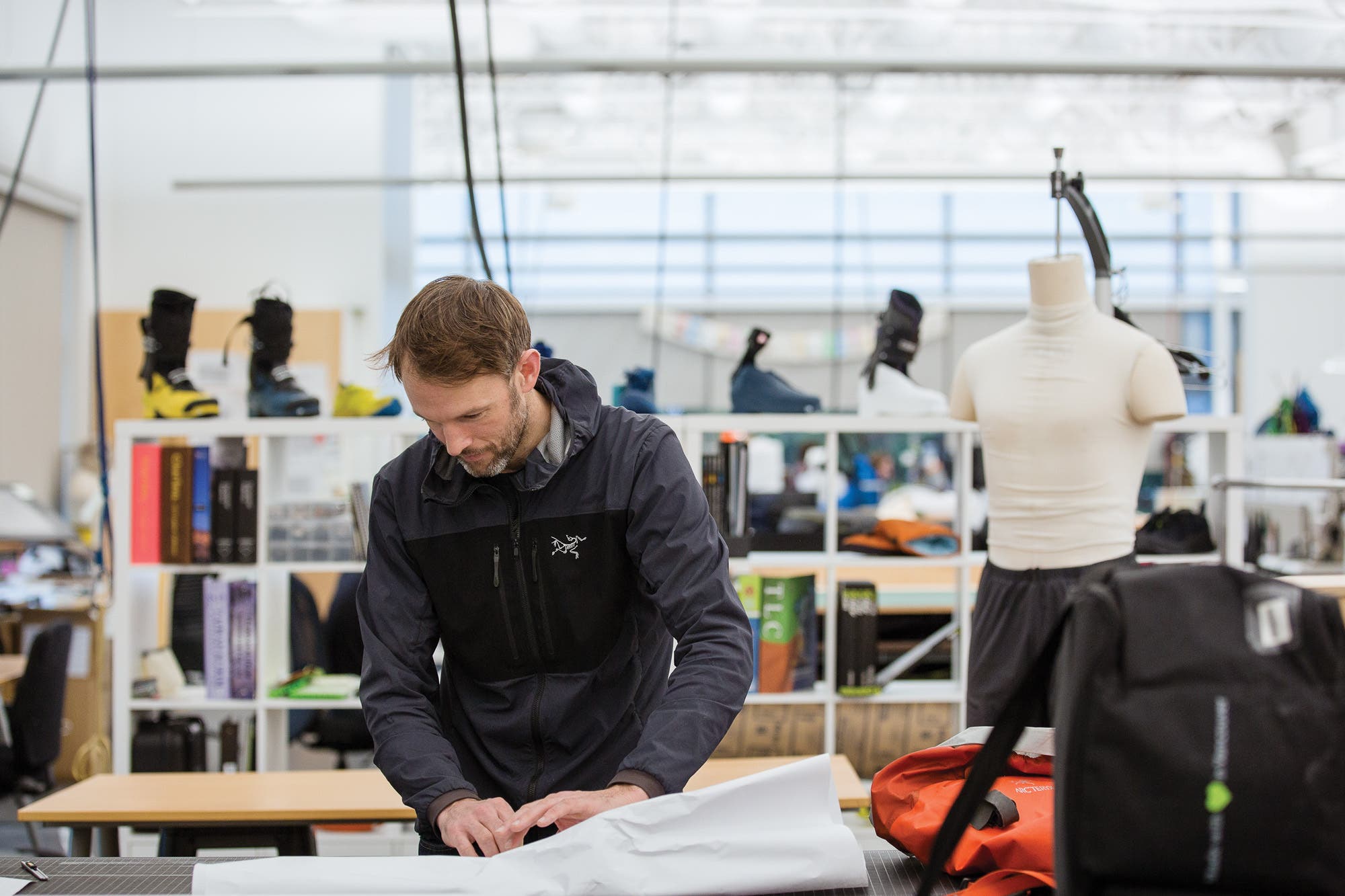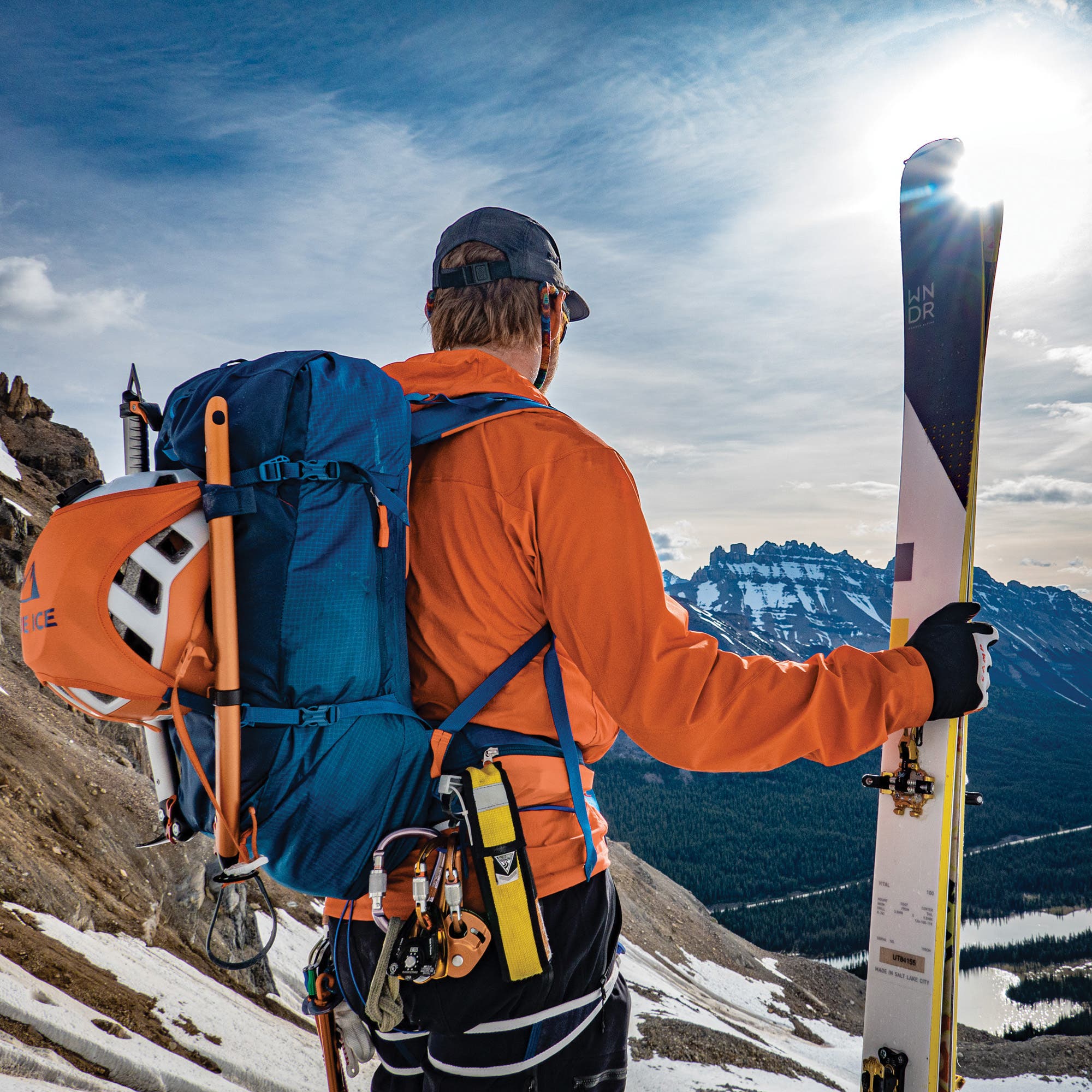Waste Not Want Not

Photo courtesy of Patagonia
Last January, on a cold Sunday morning under a blue sky loaded with promise, my ski boot cracked. After faithfully serving me 50 days a winter for seven seasons, its polyurethane shell flexed its last flex and split at the instep. The boots had lived a long, admirable life, but everything has its time, and this was theirs.
They felt like slippers, so I was gutted to say goodbye. But what was just as upsetting was not knowing what to do with them. My local recycler wouldn’t take them, and I didn’t want to just throw them out—there didn’t seem to be a good option. Meanwhile, according to Snowsports Industries America (SIA), 890,058 other pairs of new boots sold that same year and, somewhere down the line, they’d all die too. On top of that, skiers bought 691,354 pairs of skis and 489,238 sets of bindings in 2019. That’s a lot of equipment to eventually figure out what to do with at the end of its life, year after year.
So what can we, as consumers, do to keep our old ski gear out of the landfill?
If you’re thinking of putting it in your curbside blue bin, think again. No one in North America recycles ski equipment. SIA used to run a Snowsports Recycling Program until a couple years ago, but too much changed in the recycling business for it to remain viable according to John Newman, who does sales for Waste-Not Recycling—SIA’s former Colorado-based partner in the program.
“Recycling markets have crashed all over the world,” he explains. “Going back to 2017, China basically quit taking imported materials from the United States unless they were in super clean pellet form. There are backlogs of plastic all over the country now.”
Newman says ski equipment contains so many mixed materials and different kinds of plastics— even within the same product, like a boot—it’s too painstaking a process to separate it all. And the end market for the recovered material was too limited. Still, the program had one very important success.
“The goal was to keep that material out of the landfill,” he says, “and I think it did achieve that end.”
So, if that remains the goal, the good news is recycling isn’t the only option. It is, after all, the last of the three Rs, behind reducing and re-using. Those former two are ideas the apparel side of the industry has already been exploring for years. Major players like Patagonia and Arc’teryx have instituted widely marketed buy-back programs where recovered garments are refurbished and resold, and the original owners get credit. Patagonia’s Worn Wear program is likely the most famous of these, not only because the company gave it the biggest marketing push, but because it has the largest outreach. Patagonia will come to you with its mobile repair stations, encouraging you to keep your piece in use for as long as you can—even if it’s not from them.
Arc’teryx entered that same fray a couple years ago with its Rock Solid Used Gear program. And while it doesn’t have mobile stations, the brand will buy back your old Arc’teryx gear for all the same reasons. In fact, it uses the same third-party company as Patagonia to run it, a California business called Yerdle that also has REI Co-op as a client. Yerdle bills itself not just as a benevolent landfill diverter, but also as an organization that helps companies bite off a little piece of the used market they’re otherwise divorced from.

As to why someone might choose to return a garment to the manufacturer for resale instead of selling it themselves, Arc’teryx’s Dan Green, senior director of product innovation, says the company can give a second life to apparel that ordinary consumers might not be able to.
“If people choose to trade it back to us, we can add value through cleaning or repairing, listing the original name of the piece, sharing the material content and giving it a warranty,” Green explains. “If we can’t resell it through the Used Gear program, we’re collecting those pieces into a material stream for future upcycling projects.”
The North Face (TNF) has a similar program called Renewed and has been operating a take-back initiative, Clothes The Loops, since 2012. TNF will actually accept any unwanted clothing and footwear in any condition at its retail and outlet stores for a small credit.
Where TNF differs is its push to incorporate as much recycled material into the creation of new garments as possible on the front end. Currently, more than half its line is made with recycled content. That includes their newest award-winning fabric, FUTURELIGHT, which competes with Gore-Tex. TNF wants 90 percent of its clothing to be made of recycled material by 2023—a notably aggressive goal.
Amy Roberts is the company’s senior director of brand impact and product sustainability. She says closing the loop on textiles involves two main challenges—mixed materials and scaling take-back programs—and that new technologies will have a really big role to play in future success and progress, too.
“The goal was to keep that material out of the landfill,” he says, “and I think it did achieve that end.”
While innovation is key to the future of sustainability, it’s still a future that gets even more difficult when we shift over to hardgoods, industry-speak for skis, bindings, boots, and poles. These are made of ever more complicated and mixed materials. That’s why Matt Sterbenz says materials are the most important things to innovate in skiing. Sterbenz founded the cult ski company 4FRNT in 2002, and then sold it a couple years ago to instead work for a materials company. From that parent company, he’s now launched a new ski brand called WNDR Alpine. Its mission is to improve what goes into skis so they can eventually be reused, recycled, or even decompose. WNDR’s main push is using bio-plastics and bio-resins derived from plants and algae.
“When you look at circularity, you need to first start by looking at what’s going into skis,” Sterbenz says. “Skis have largely been built out of materials implemented by other industries. We’re using materials that come from a renewable platform that doesn’t carry the same carbon footprint. So that’s our intent: To ween off of petroleum.”

Then of course, there’s the problem of waste in manufacturing. Taking square materials and shaping them into rounded skis leaves a lot on the floor. According to Sterbenz, for every pair of skis built, there’s a third ski made in waste. He believes that if we can develop feedstock materials specific to skiing, in dimensions closer to what we shape skis into, we can reduce a ton of that. But most important is to take responsibility for the product at its birth. That’s why WNDR offers a buy-back program, too.
“In my opinion it’s up to the manufacturers to take [products] back and figure it out. If you make yourself vulnerable to taking back your product at end-of-life, you’re going to start thinking about ways you can turn that into a value-added benefit to your business,” he says.
WNDR, for its part, has already developed a compound to break down the resins that hold its skis together. But it is a small company with limited resources. That’s why it’s heartening that bigger players are getting into the game, too. Salomon, for example, has created a shoe made entirely from one uniform kind of plastic that it intends to take back at the end of its life, grind up, and then make into a ski boot. It’s also striving for 70 percent of its waste to be recycled or re-used by 2025.
Rossignol has similarly ambitious targets, and some great successes already logged under the umbrella of its Respect program. “We’ve put forth some lofty goals,” says Nick Castagnoli, brand marketing director for North America. “A 40-percent reduction in production of waste by 2025, a 30-percent reduction in our carbon footprint by 2030, and carbon neutrality by 2050.”
Rossignol’s already registered a 98-percent reduction in the amount of water it uses in its cooling systems in its factory in Sallanches, France, a 14-percent reduction in electricity consumption overall, and it’s using 100-percent renewable electricity in its main three factories.

Castagnoli notes there are several viable recycling programs still operating in Europe, too, and “that’s had us looking at simplifying the construction of our products and making them easier to recycle.”
Last year, Rossignol designed a boot with plastic combinations that worked really well, but the company realized it could never be recycled—so it didn’t make the boot. The current collection of Black Ops skis also uses 100-percent recycled edges, 15-percent recycled top sheets, and 30-percent recycled base material. It’s an effort in which it’s not alone. Over in Slovenia, where Elan operates the largest ski factory in the world, they managed to produce a ski with only six percent waste last year. And, like Rossignol, Elan is only using certified sustainably harvested wood.
“Elan is working daily on the topic of recycling skis. In the long run, it is our goal to enable the buyer to return discarded skis for the purpose of recycling,” says Global Product Director Melanja Korošec.
So the future looks good, but it’s not here yet. That’s why, if you want better options sooner than later, brands need buy-in. You can write them directly to encourage solutions, or reach out over social media. But the absolute best way to foster the change you want to see in the world is to be it. If you, as a consumer, want more responsible products, help their development by buying them. Vote with your dollars. Because, in the end, we can’t make it all into fences, benches, and flower pots—like I did with my old boots.